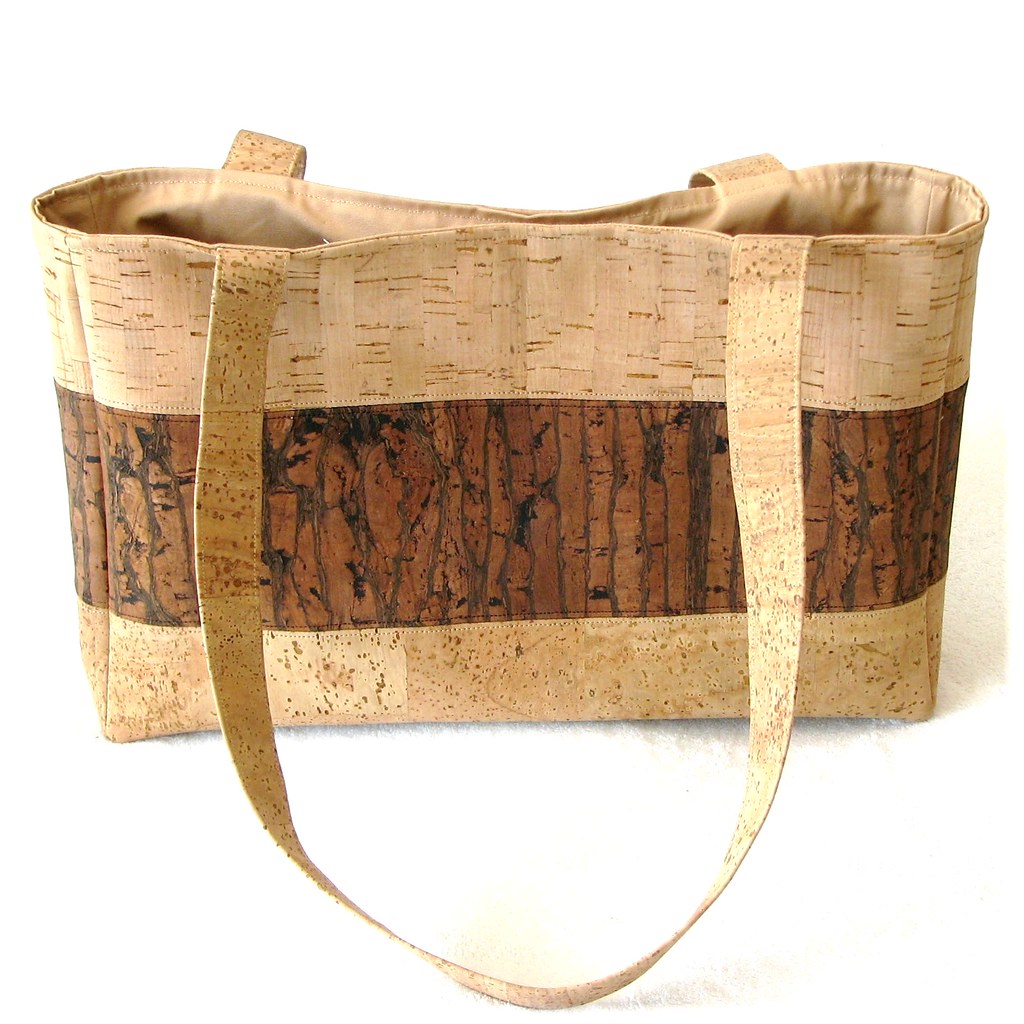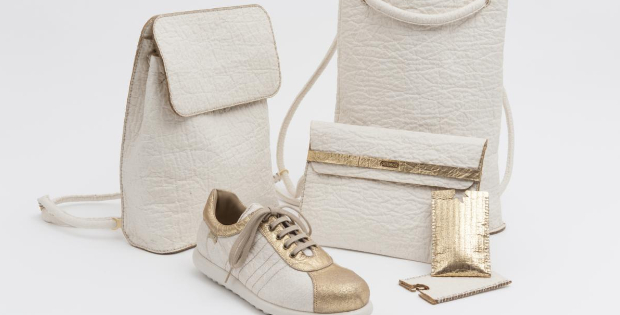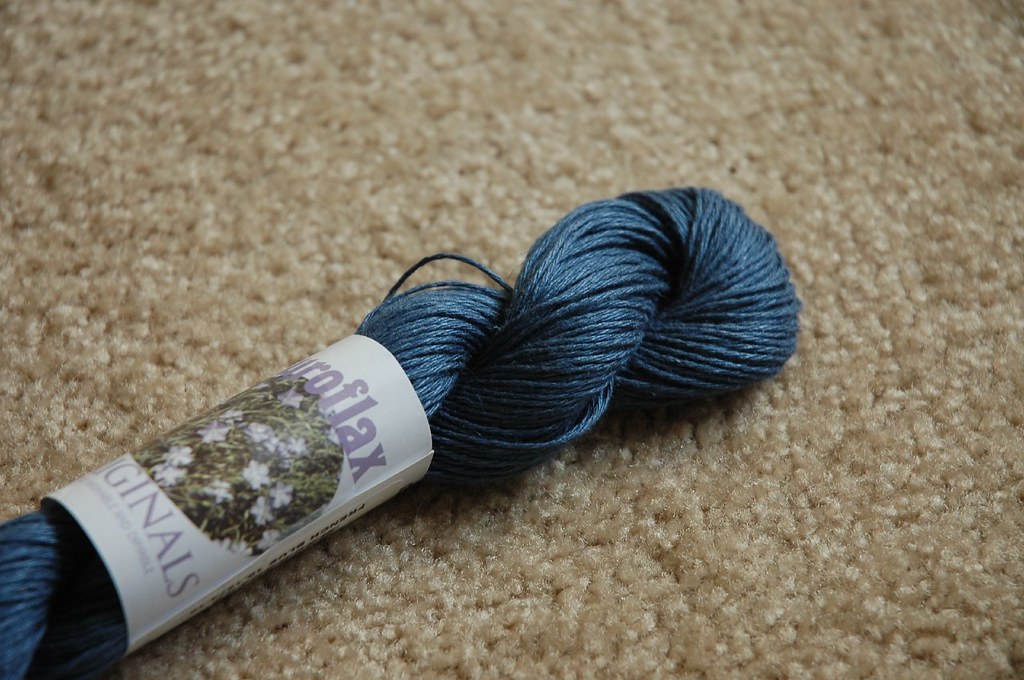Safer in their skins: Booming demand for cruelty-free fashion helps animals
24 January 2018

More people than ever are shunning clothes made of leather and fur, appalled by the cruel killing and exploitation of animals – luckily, the alternatives are even better.
Drop into New York’s Museum of Modern Art any time until January 28, 2018, and it’s likely you’ll see something you’ve never seen before.
Among the 111 pieces on display in the “Items: Is Fashion Modern?” exhibition is a T-shirt made of “leather” – except it’s not cow skin and no animal has been killed to make it. Rather it has been made using a strain of yeast which has been genetically engineered.
This strain produces collagen, the protein that gives strength and elasticity to leather. This in turn produces fibres, which essentially become leather after a complex process involving the fibres being pressed into sheets and later tanned.
The worldwide synthetic leather market is booming. According to a U.S.-based business consulting firm, it is expected to be worth $85 billion by 2025, driven by a combination of factors, not least an increasing focus on animal rights and welfare globally.
But synthetic leather is not without its drawbacks.
Sometimes called pleather or vegan leather, synthetic leather is usually made from plastics which take hundreds of years to break down and degrade. Producing such plastics consumes lots of energy, water and petroleum, and leads to dangerous chemicals being released into the environment.
Luckily there are plenty of eco-friendly alternatives that forward-thinking companies are embracing and transforming into clothes, shoes, bags and belts. And none of them involve the killing, abuse or exploitation of animals.
1) Cork
Most people associate cork with wine bottle stoppers or pinboards but it is increasingly being used to make bags, wallets and other accessories, partly because it is said to be durable, waterproof and resilient to scratches.
Sometimes referred to as nature’s own leather, cork has some serious eco-friendly credentials. It is entirely natural, easily recycled and made from a renewable source – the bark of cork trees which gets regenerated every decade or so.
Since the trees are not cut down, they continue to support the ecosystem and wildlife in the areas where they are grown while preventing desertification.
2) Paper

In Japan, people have worn clothing made of paper for centuries – but it’s taken the rest of the world a bit longer to catch on to the benefits of this natural, biodegradable material.
Once it is treated with various oils, paper or recycled cardboard can be soft as velvet and strong as leather. It can be warm and keep out the wind and rain.
In ancient Japan, kamiko or clothes crafted from handmade paper, were first worn by Buddhist monks. Because it is inexpensive, it was also used as clothing and bedding by the less well-off.
However in recent years there has been a renewed interest, globally, in paper as an alternative to leather and cotton.
3) Pineapple leaves
Pinatex is a durable material made from pineapple leaves which are usually left to rot in fields.
It takes its inspiration from the fabric featured in the Philippines’ national dress, an embroidered shirt called barong tagalog which is made from pineapple fibres that have been loomed by hand.
As a byproduct of the pineapple harvest, Pinatex requires no additional land, water, resources, fertilizers or pesticides to grow – and gives farmers an extra source of income from their crops.
4) Recycled materials
What do polyester, rubber tyres and cotton have in common?
They can all be recycled to make clothing, wallets, bags, shoes and even some eye-catching jewellery.
Using recycled polyester and natural fibres such as linen and hemp has been a long-standing policy of some forward-thinking designers.
Not only are animals protected, but using recycled polyester means plastic bottles are being diverted from landfills where they remain for 700 years before starting to decompose.
Other innovative materials being investigated include mushrooms, bananas, apples and oranges – showing it’s simply not necessary to wear fur, leather, mohair, angora, cashmere, silk or any other animal product.
Today, being fashion-forward means eschewing cruel animal products for their more compassionate and sustainable counterparts.
BACK







